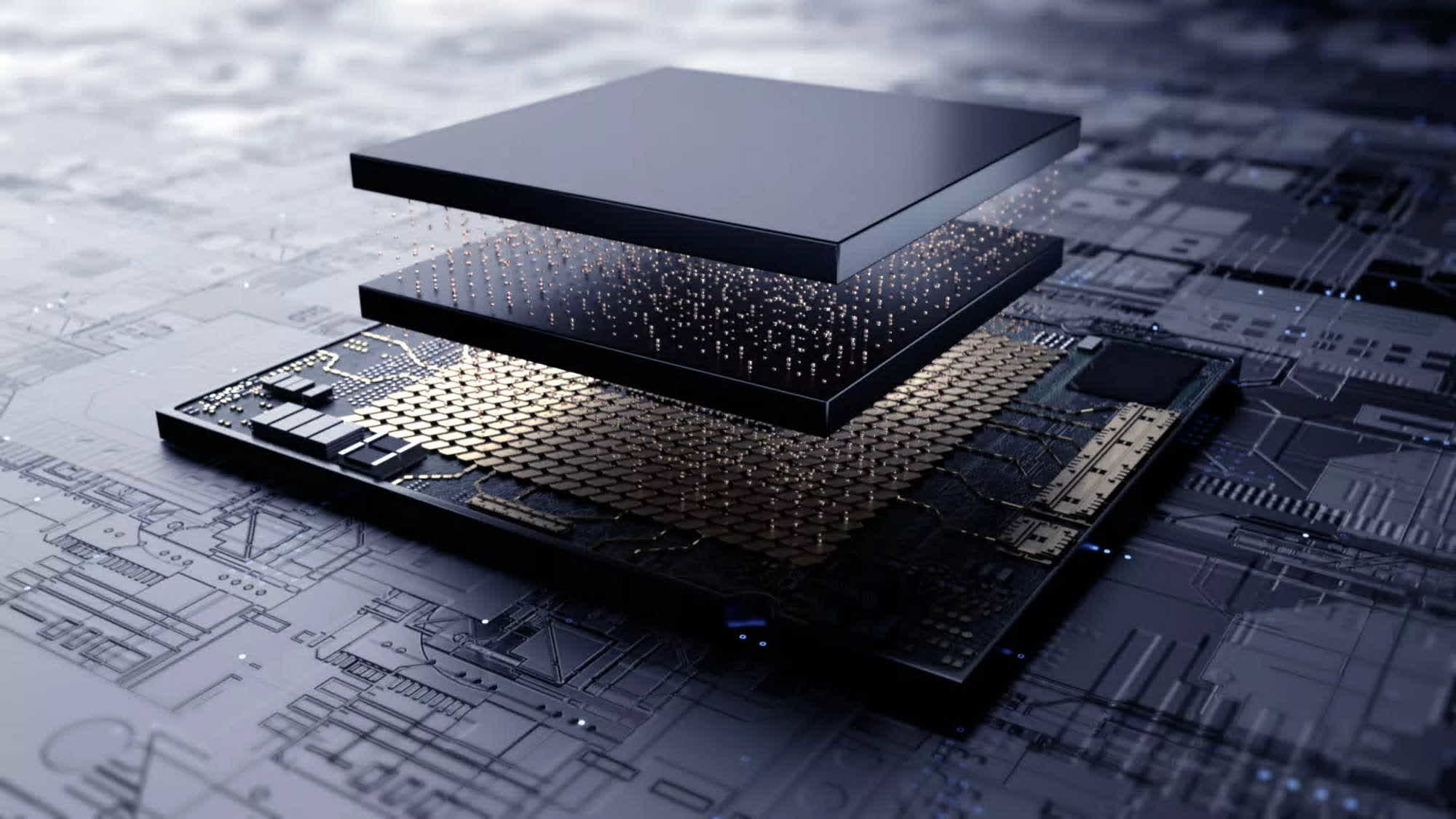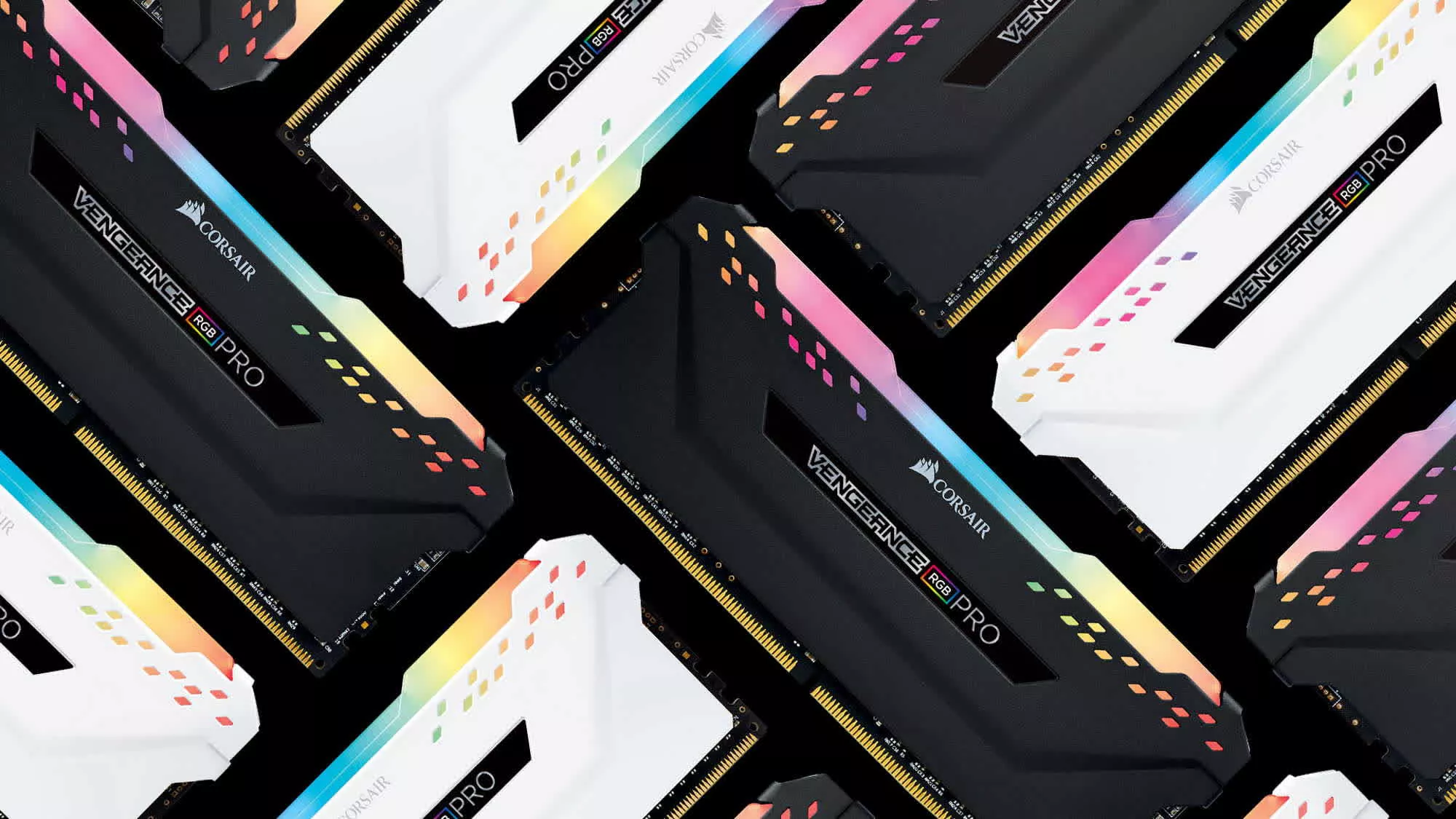In context: Introduced in 2014, DDR4 dominated the SDRAM market for several years until DDR5 launched in 2020, promising faster speeds and improved efficiency. Despite being technically outdated, DDR4 memory chips continue to command higher prices than expected, driven by supply constraints and ongoing demand in various sectors.
A new report from DigiTimes highlights a surge in DDR4 prices. The Taiwanese publication describes a memory market in flux, with manufacturers phasing out production and multiple factors driving up DDR4 costs. Prices will continue rising, though future increases should be smaller than recent spikes.
In May alone, DDR4 prices rose by about 50 percent. Tom's Harware reports that 8GB modules experienced the highest price surge, rising 56 percent, while 16GB modules climbed 45 percent. System integrators, OEM manufacturers, and enterprise clients typically buy memory in bulk, so a rise from $1.75 to $2.73 per RAM IC significantly impacts overall business costs.
According to insiders, contract prices for tech manufacturers have risen 22 to 25 percent for 8GB and 16GB chips. Analysts now expect a further 10 to 20 percent increase in the third quarter. The world's largest DRAM manufacturers plan to halt DDR3 and DDR4 production soon, shifting focus to higher-margin products like DDR5 and high-bandwidth memory.

The ongoing phase-out of DDR4 contributes to current price trends. However, other factors also play a role. Earlier this year, Chinese manufacturers ramped up production, flooding the market with low-priced chips. Now, Beijing has instructed local manufacturers – including CXMT – to abandon DDR4 technology, ending the oversupply.
Multiple factors – from the gradual phase-out of DDR4 to shifts in production and supply chain pressures – are driving current price fluctuations. While tariffs and trade tensions add complexity, the market's future will hinge largely on how quickly manufacturers transition to newer memory technologies. For now, businesses and consumers should expect continued volatility in DDR4 pricing until supply and demand find a new balance.
The price of DDR4 and DDR5 chips has now gotten closer than ever (7 percent), but the older memory technology will soon become an unprofitable business to deal with. Smaller DDR4 supplies will likely continue to exist, for the same reason why companies are still selling floppy disks or compact cassettes. Industrial and embedded platforms are still using DDR4.
